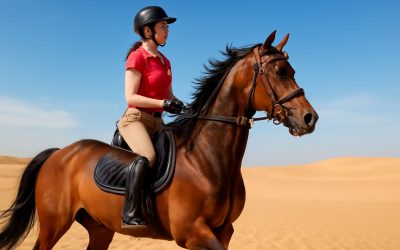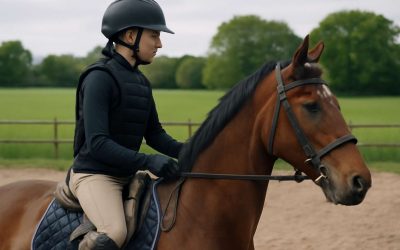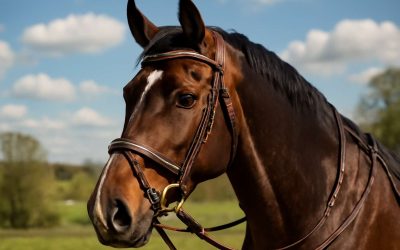Equestrian clothing, also known as equestrian attire or riding apparel, is the clothes that riders wear when they are on horseback. This clothing fits snugly and is safe, ventilated, waterproof and durable. There are a number of different types of horse clothing, including breeches, shirts, show jackets and riding coats, as well as shoes and other accessories. These items are vital to a rider’s safety and comfort, especially when competing in events.
For horseback riding lessons, the dress code is typically less formal than for competitions and events, though instructors usually require adherence to certain styles of clothing for safety and tradition purposes. A helmet is always worn, regardless of the level of the lesson or experience of the rider. A pair of paddock boots is typically worn, and jodhpurs are often preferred for riding lessons, as they help to improve leg grip and posture.
Riding shirts and pants are typically made from breathable, stretchy materials to promote a full range of motion while riding. They are designed to wick away sweat and keep the rider cool and comfortable while working up a sweat, and they have an athletic fit to prevent them from bunching up and becoming tangled in other riding equipment like stirrup leathers or saddle pads. Riding breeches and jodhpurs are available in a variety of colors, fabrics, and lengths to fit any style of riding, but the most important thing is that they allow the rider to feel secure in their seat and maintain a good position with the horse.
In the show ring, riders must adhere to strict rules about their clothing. An ASTM/SEI-compliant helmet is required for all events, and long or short riding coats are often worn depending on the discipline. When riding dressage, for example, a short coat is typically required, and riders must be dressed in an elegant show shirt with a tie or stock tie to match the color of their jacket.
A caparison, meanwhile, is an outer covering for a horse that may be worn for aesthetic or ceremonial purposes. The caparison is traditionally made from white fabric, but it can be dyed in different colors or decorated with designs. A medieval knight would wear a caparison when he or she was going to battle, and the modern caparison is still used in ceremonial occasions and parades.
During a ride, horses need access to clean, fresh water at all times. This helps them to stay hydrated and keeps their digestive system functioning properly. Forage is also a vital part of a horse’s diet, and it typically comes in the form of pasture grass or hay (dried grass). Horses will consume large quantities of forage during the day, but they must chew their food slowly to ingest enough nutrients, vitamins and minerals to stay healthy. In addition to forage, horses will need a variety of other supplies, such as grooming brushes and combs, hoof picks, tail wraps, grooming gloves and shampoo.



0 Comments